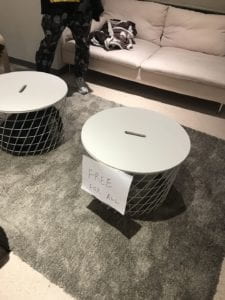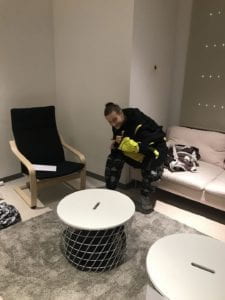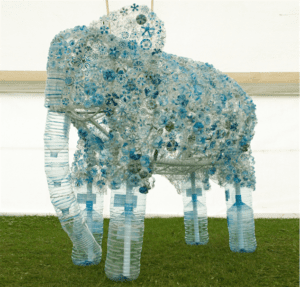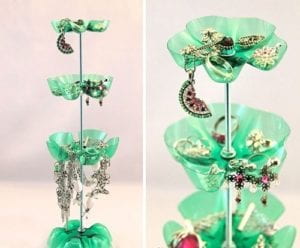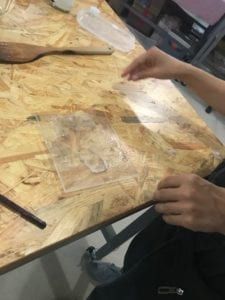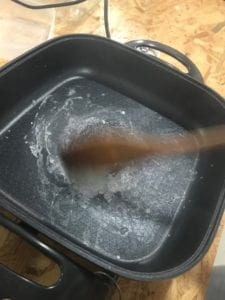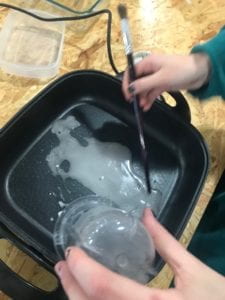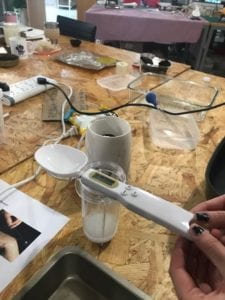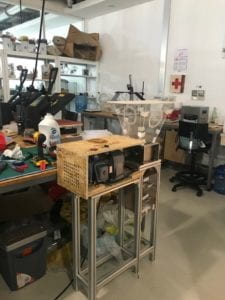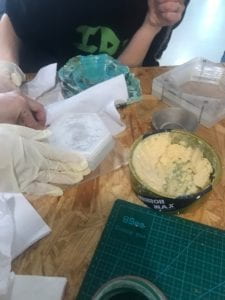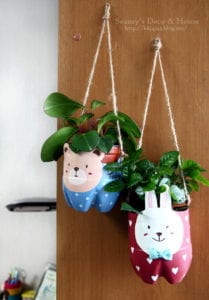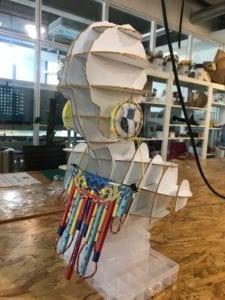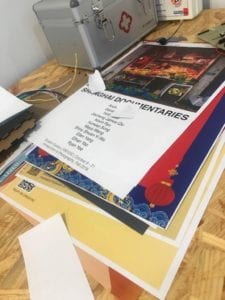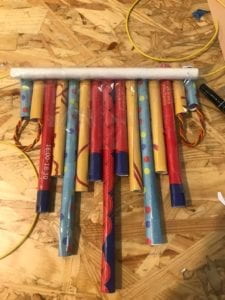Project title: Bio Basket


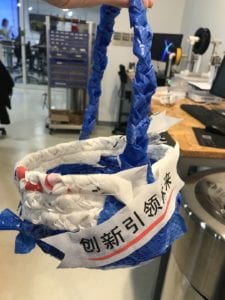
Project statement: An innovative way to create an everyday item from discarded plastic bags. A simple, heat-free method of creating a convenient basket, which can be repurposed as a plant holder, grocery bag or wet market products bag. It can further serve as decoration and/or storage for household items such as keys, cards or stationery supplies.


Significance and inspiration behind the creation:
I was inspired similar designs which I found online, where people used thread and cloth, which they braided in various styles to create bags, mats, carpets or storage containers. The technique can be a simple braid or a complex four-ended braids in various combinations. After watching several tutorials, I discovered that most of them stitch the braids together with thread to make the basket take the shape of an oval, which can allow straps to be attached and repurposed.
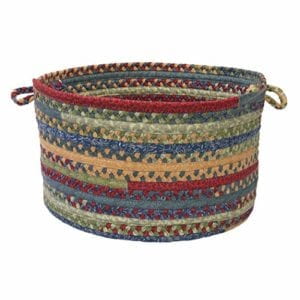



Design and production/Description of creative process:
Inspiration for my basket:






A video of my final result.
I began my design process by deciding to create a medium-sized basket and I began practicing the braids. I discovered that the Ikea bag was rather hard to braid as it was made up of synthetic, rough thread, which had several other threads woven together. This resulted in several parts of the thread coming undone and having split ends, while I was braiding. The regular type 2 and 4 plastic bags, which I collected from food takeout orders are very thin and stretchy, and I discovered that I had to twist them around several times before I started braiding, so as to avoid them from tearing. The third type of material I experimented with was the synthetic food takeaway bags. This was the best material to braid the basket as it was most similar to thread and cloth and was easy to alter into the shape I needed, all while maintaining a clean appearance and a uniform look throughout the whole length of the braid.



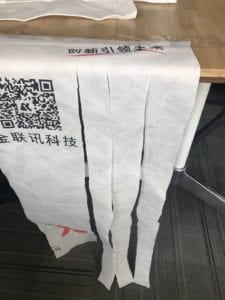
The first image depicts the regular plastic bags (type 2 and 4). The following 3 pictures are the synthetic cloth bag which resembles a cloth bag.

The bags which I collected from the IMA labs on the 8th floor.
How the project was constructed (A step by step tutorial on how to recreate the process):
- The first step is to cut up the plastic bag of your choosing into a square shape, the size of which is not important.

The IKEA bag that I used for my project.
2. The next step is to cut up sets of 3 strips that will be the 3 ends of the braid. This can be attached to a sturdy surface such as a table, using tape so as to provide a surface to which the braids can be attached to, which will allow for easy braiding.
3.Proceed to braid the 3 strips (as shown below). You should be left with pieces similar to the following test braids I did when I was experimenting with different types of plastic bag thickness and type.


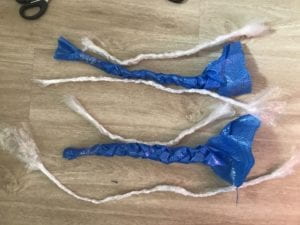
4. When needed, twist the separate strips around so as to create a more rounded “yarn”, rather than the harsh ends of the initial strips.
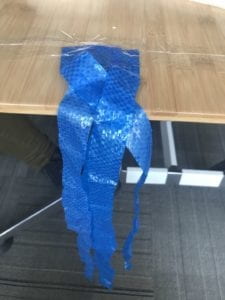

5. The next step once you have at least 5 long strips of braided plastic, is to stack them on top of each other and stick them together using hot glue and/or tape. Repeat this process until you have created the entire outer “shell” of the basket. You can make this as deep or shallow as you want, depending on what kind of purpose you plan to use the basket for.



6. Once the shell is constructed, use any remaining braids to create a strap/straps for the basket. You can also choose to conceal parts of the basket which contain tape remnants, glue residue of possible mistakes with pieces of the bag. I chose to do so with a strip of synthetic bag that contained Chinese characters which read ” Creation of a new future”.

7.The last and final step is to create the bottom of the basket. For this purpose, I used a discarded Amazon prime packaging bag to create a circular bottom for the basket. I used 2 identical cutouts from the same bag. The resulting bottom was rather sturdy and when conducting tests, I discovered that it could hold a phone, as well as several fruits.




8. Optional: if participants want to, they may choose to add a decoration to the basket. In my case, I decided to create a 4 ended braid out of the thin plastic bags(type 2 and 4). I chose to work with them, as they were not strong enough to be part of the basket design and would not support any added weight. There are many tutorials that exist online in creating a simple 4 ended braid. The braid can then be tied to the strap of the basket by using a simple knot.



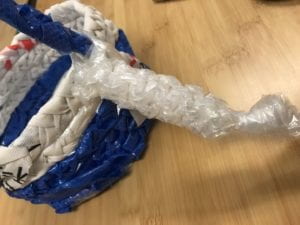



 Research:
Research:

Collecting the necessary materials and producing my project:
I collected plastic bags from the 823 IMA labs, as well as scissors and tape and a glue gun from the 825 IMA studio. In addition, I used bags which I obtained from takeout orders of tea and dinner sets, which I had delivered to the AB. The only item which I used that required heat was the glue gun, however I did this to save time and be expedient in the creation of my project. This process can be replicated using normal glue or stitching the plastic braids together.
Conclusion (implementation of my project in Shanghai):


I believe that this tutorial can be followed by members of the Shanghai community or in any other Chinese community. The process can be taught and adopted with ease, and children and adults of all ages can take part in this. I believe that there is possibility for holding seminars and workshops, where members of the community can be creative and find a new use for their plastic bags, while at the same time being educated about the large amounts of plastic waste that each household produces every day. My project is scalable to any small or large community and can be implemented without the use of machines and electricity. This project can raise awareness about the ongoing environmental pollution and overwhelming amount of plastic bags and packaging that is present in all Chinese communities, as well as the inadequate rate of recycling with which the plastics are processed. A community coming together to create baskets and use their crafting abilities in a creative setting will allow for education on these issues, as well as give residents novel ideas on how to repurpose materials, which they would have otherwise discarded. If I had more time to develop my project, I would like to experiment with larger scale items and perhaps plastic bottles, to see what I can create if I combined plastic bags and bottles. I would also like to learn new techniques to weave or braid the plastic, all without using any heat.
————————-

